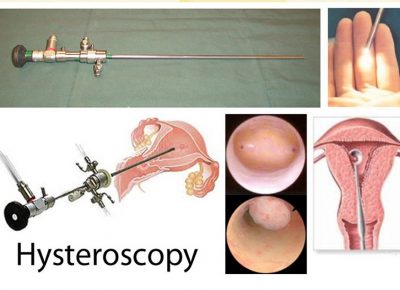
Hysterectomy is the removal of the uterus by surgery
It is a non-surgical procedure in which the uterus is removed surgically or with surgery in which part of it is removed. It is done to relieve the discomfort brought about by the infection of the uterus.
Hysterectomy is the examination of the uterus by endoscopy with access into the uterine cavity. It helps for early detection of uterine cancer and acts as an effective method of surgical treatment for uterine tumors. This is done in order to remove the symptoms of cancer and reduce the chances of it spreading. In women who have had hysterectomy, cancer usually becomes a thing of the past.
Women who have been diagnosed with pelvic inflammatory disease (PID) are also treated with this procedure. It helps to get rid of symptoms and ease the pain. For this, they need to undergo this procedure and undergo a laparoscopy.
During this procedure, it is seen that many women experience difficulty in breathing and are nauseous. There is a risk of infection that can cause infection of the wound and this is why one has to be careful while undergoing this procedure.
Hysterectomy is known to be a permanent procedure when done in the right manner. However, there are some women who choose to go in for non-surgical methods of treatment. With this option, the woman has to undergo the surgery only after she has completed the other forms of treatment. This is very important since it prevents her from the complications that might happen if the surgery is carried out on the wrong way.
There are various reasons for undergoing this procedure. It is done due to the condition that does not allow the woman to get pregnant or the woman's health conditions. If this is the case, the physician might suggest surgery in order to correct these problems. Women suffering from uterine cancer might require this surgery. If you feel that you have developed a high fever and are experiencing abdominal pains, then it would be wise to consult your physician.

Laparoscopy is considered to be an efficient procedure in order to diagnose the health condition and to treat the problem. It is a noninvasive procedure that has been used for many years in order to treat the problems of the urinary tract.
Laparoscopy will be done through a special kind of scope camera that has two different views. These two views are the external and the internal one. When the doctor sees that there is something wrong, he can take images of your abdomen with the help of this camera.
Laparoscopy is done to diagnose the problem and to cure it. The image that is taken by the camera and transmitted to the computer can reveal all the details of your abdomen and your organs. These images are analyzed by the physician so as to find out what is wrong and how can you treat the problem.
This laparoscopic approach is used to get rid of tumors, cysts and to remove the uterus and ovaries. You will feel the difference after having surgery but this is a temporary solution that can be removed after two or three months.
You must be aware that there are certain risks involved when you undergo this laparoscopic procedure. You will have to keep yourself and your pelvic organs well covered at all times while you are recovering. You should also follow any instructions given to prevent infections during the recovery period.
In order to prevent infections, you should wear sterile clothes and should avoid wearing tight clothing at all costs. The surgeon will give you pain medication to make you relax and avoid infections but in some cases it might cause serious problems if you do not follow the doctor's orders properly.
You might experience bleeding during the recovery period, but this is normal. You must never try to delay the surgery for longer than three weeks since it might cause severe complications.
Leave a Reply